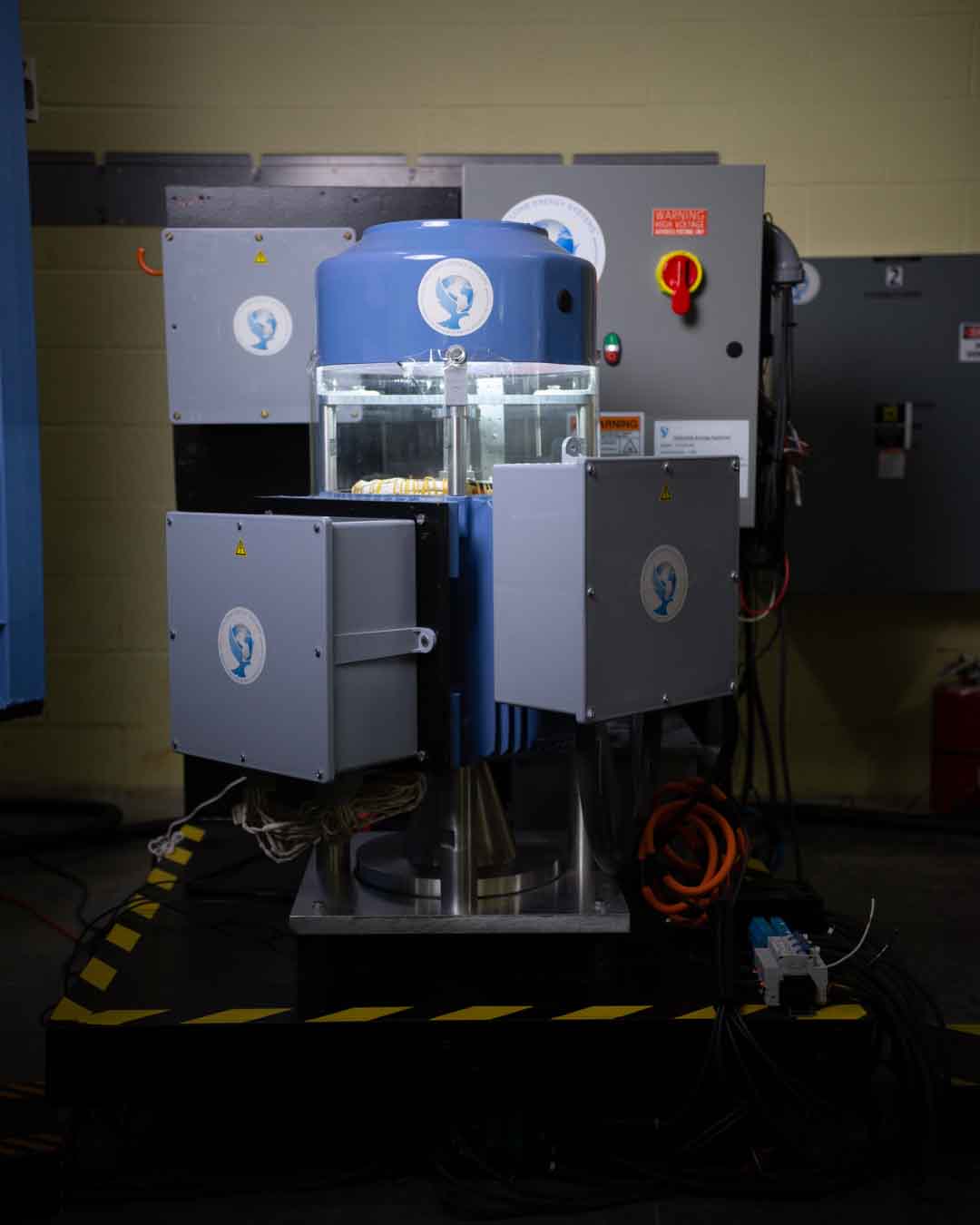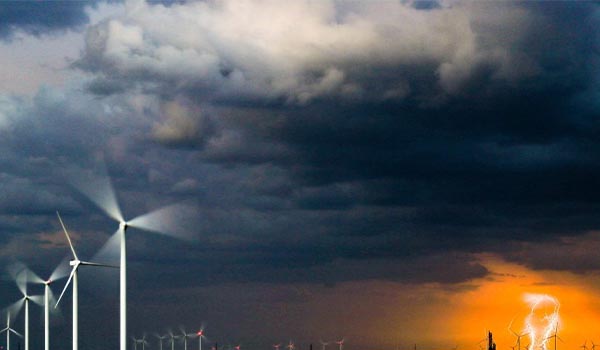By Dr. Robert Holcomb MD, Ph.D., Inventor and Co-Founder of Holcomb Energy Systems
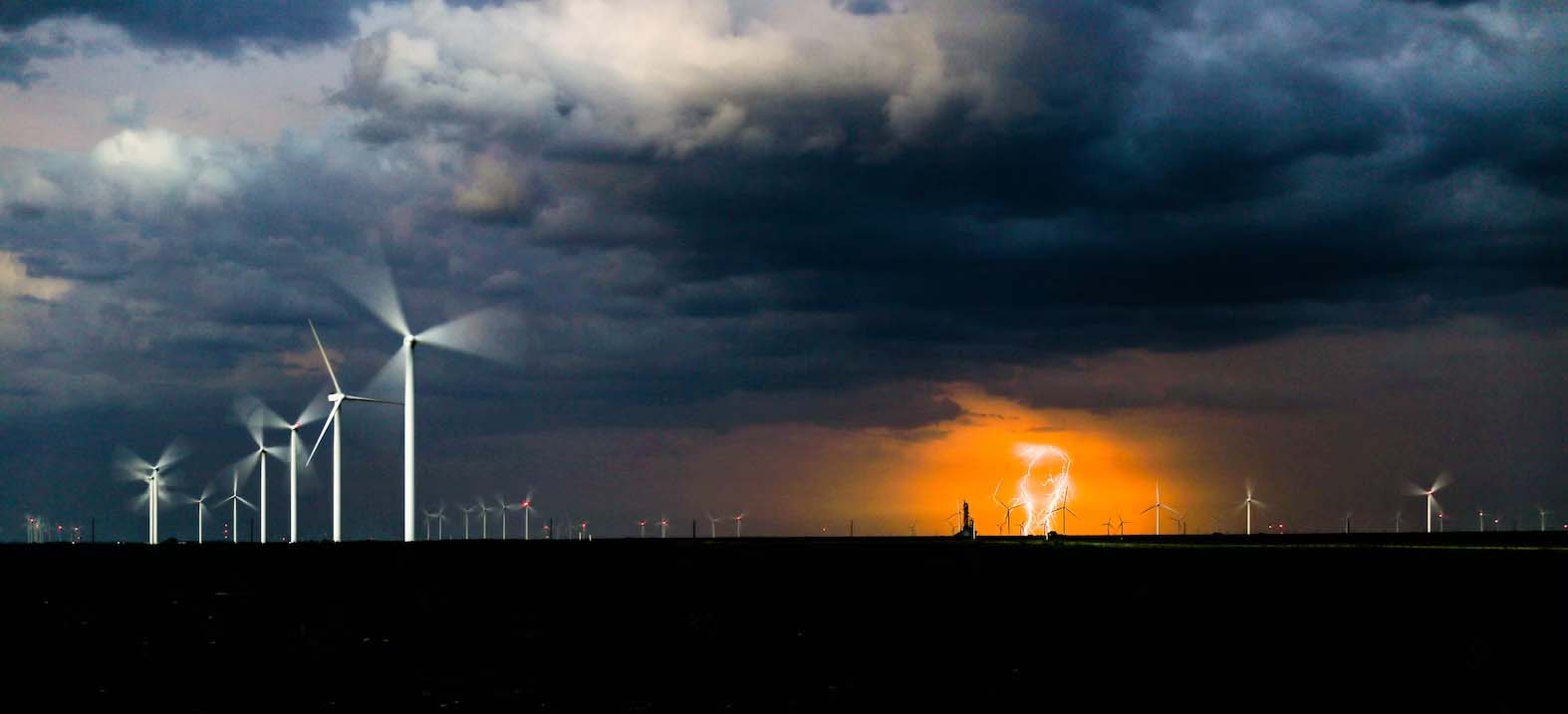
Climate change is not a problem of the future, it’s happening now. According to the 2022 report from the Intergovernmental Panel on Climate Change (IPCC), the global climate crisis is more widespread and severe than was previously predicted.
Extreme droughts, severe heat and record flooding have been threatening security and subsistence for millions of people. The frequency and levels of intensity of extreme weather-related disasters will continue to increase all over the world.
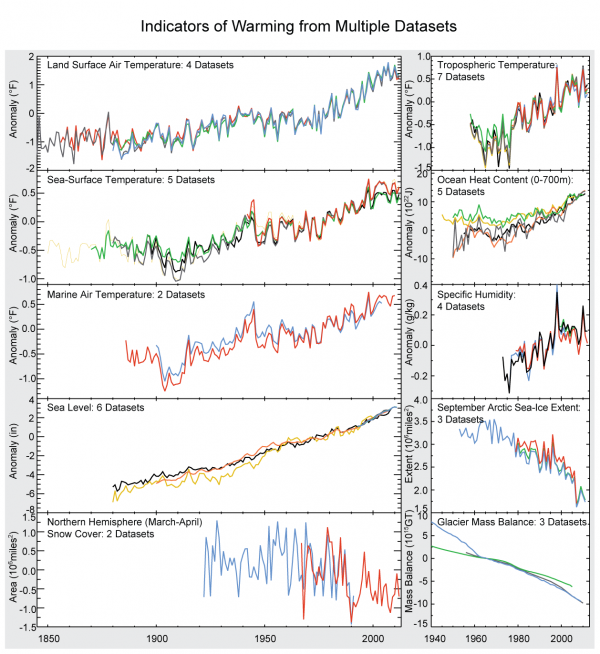
Today, half of the world’s population copes with water insecurity at least one month per year. Wildfires are destroying larger areas than ever before which leads to irreversible impacts on landscapes, harming species and entire ecosystems. The global outcomes of the 2022 drought are terrifying:
-
- The 2 largest US reservoirs of water, Lake Mead and Lake Powell, are two-thirds empty.
-
- In Germany, ships carrying coal are struggling to complete their journeys because of shallowing of the Rhine River.
-
- In China, all factories in Sichuan province have been shuttered for 6 days to conserve power.
-
- In the United Kingdom and the European Union, scorching high temperatures have turned 63% of arable land brown and dry.
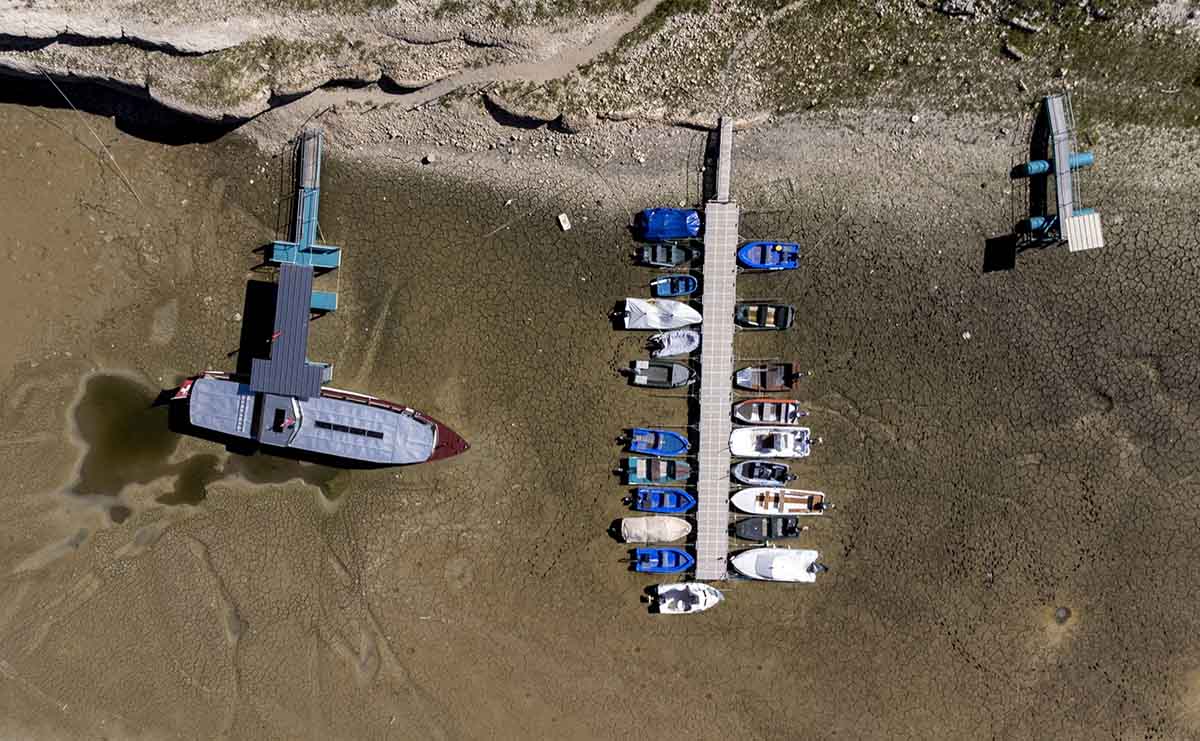
Today’s fossil fuel emissions will continue to affect our planet’s climate for years and even centuries, because humanity is polluting the atmosphere at a deadly pace, creating cyclical warming conditions for our oceans and atmosphere.
Is Renewable Energy a Key to Fighting Climate Change?
Many people are placing their hopes in renewable energy technologies as a way to address climate change and reduce dependence on fossil fuels. Because renewables such as wind, solar, and hydro are carbon-free, they are believed to be the key to mitigating the worst effects of climate change and fueling our society into the future.
Despite the advantages of renewables, National Geographic highlights just a few of their downsides:
-
- Hydropower constructions may ruin river ecosystems and harm wildlife
-
- Wind turbines present dangers for flying wildlife killing thousands of birds and bats every year
-
- Solar technologies are constructed of toxic metals, threatening groundwater through leaching.
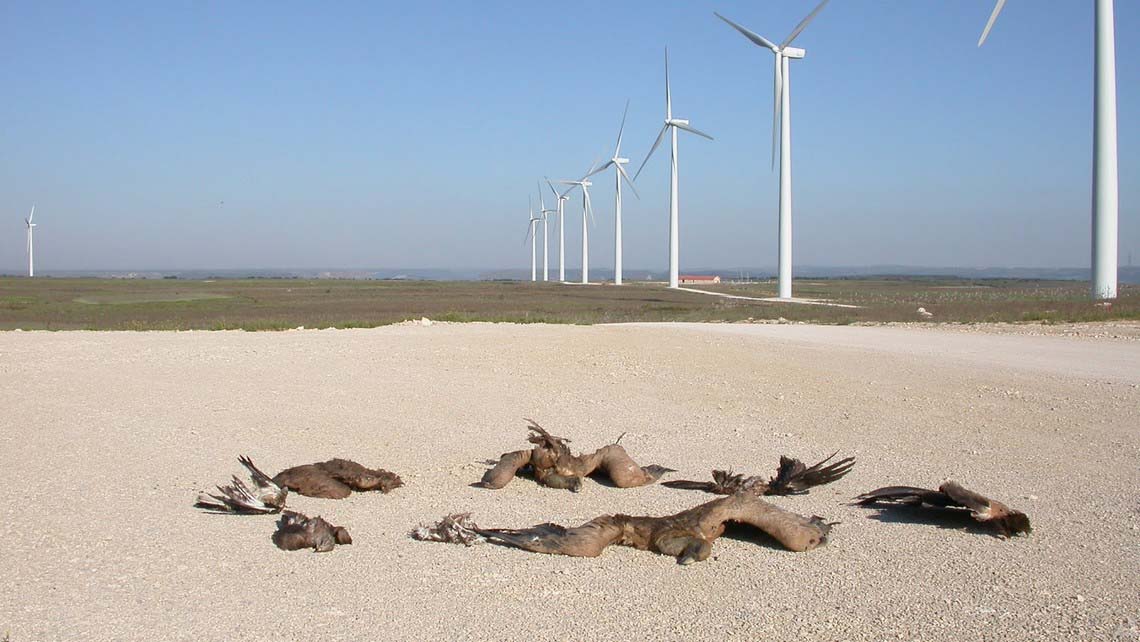
At present, renewables remain the most immediate hope to solving so many intractable issues. Yet, they too are threatened by the climate crisis.
A 2019 study suggests that climate change will physically impact all clean energy generation systems, placing their reliability and performance at risk. That’s because renewables are directly dependent on climate variables, such as temperature, wind, and precipitation.
Below, see how climate change could impact these renewable power generation sources.
Potential Impact on Hydropower Generation
| Climate Threats | Impacts |
| Change in rainfall patterns | Both reduction and increase in flow can affect operational conditions |
| Flooding and intense rain | Can damage infrastructure, pose a risk to dam safety, and transfer debris leading to dam and tribune damage |
| Air temperature | High air temperatures cause evaporation and reduce water and power output. Can also increase operational costs and affect efficiency |
Potential Impact on Wind Generation
| Climate Threats | Impacts |
| Changes in wind speed | Can reduce generation, as turbines can’t operate in very high or very low winds |
| Changes in daily or seasonal distribution of wind | Can affect the match between the daily load demand and the energy input to the grid |
| Changes in temperature | Can lead to declines in air density and power output. Extreme cold temperatures can affect output. Extremely high temperatures can affect the efficiency of the equipment and increase operational costs |
Potential Impact on Solar PV
| Climate Threats | Impacts |
| Changes in temperature | Can effect the efficiency of the cells and therefore power output. Might also effect the efficiency of the equipment and increase operational costs |
| Changes in solar irradiation and cloudiness | Would effect power output |
| Wind speed | May effect photovoltaic production |
| Precipitation | Can wash away dust but reduce efficiency |
Source: https://www.sciencedirect.com/science/article/pii/S1364032119306239
HES – a New Solution to Climate Change
Renewable energy technologies have proven their place in a cleaner, greener economy. But they are not problem-free: they require battery storage, they don’t work when the sun isn’t shining or the wind doesn’t blow, and their performance is vulnerable to changing weather conditions.
Today, the world is craving an alternative energy source that is clean, point of use, affordable and deployable everywhere, in even the most hostile environments.
We offer a newly discovered source of clean energy that doesn’t require mining, fracking, or drilling. The HES is scalable everywhere electricity is needed, in applications large and small. It requires no fuel and puts out zero emissions. Because it has no moving parts it runs totally silent and requires very little maintenance. And it’s affordable for everyone.
Let’s work together to ensure a sustainable future for our beautiful planet and all living things that share it with us.
